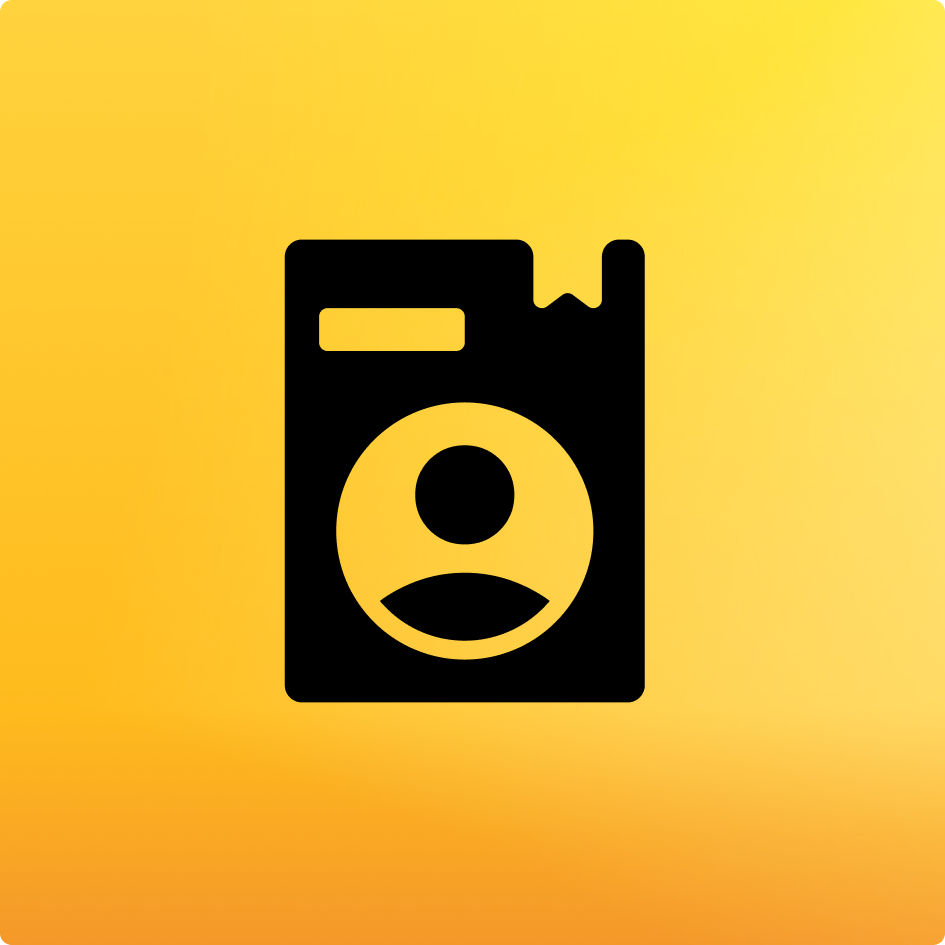Revolutionizing PayPal: The Largest Atlassian Cloud Migration in History
PayPal, a global leader in online payments, faced significant challenges with their existing infrastructure, which…
See how leading enterprises are accelerating growth, reducing friction, and scaling performance with our solutions.


The Mission The customer is a fast-growing healthcare network comprised of clinics, outpatient centers, and…

A home health leader used ServiceNow to boost IT NPS by 62 points, cut nurse turnover nearly in half, and free up caregivers to focus on patients—not platforms.

We delivered a stakeholder-driven AI adoption roadmap that sparked cross-functional engagement and drove 1100% growth in platform usage while establishing an enterprise-wide foundation for future AI initiatives.

Clark County partnered with INRY to deploy ServiceNow Workplace Service Delivery (WSD), streamlining allocation, enhancing visibility, and establishing a digital foundation for scalable workplace operations.

About the Customer Private Health Management (PHM) is a personalized healthcare provider focused on delivering…

The Mission SCL Health, a $2.8B non-profit healthcare organization with 8 hospitals and over 150…

A leading Idaho healthcare provider stood up a ServiceNow HRSD Employee Service Center in 12 weeks—cutting manual work, boosting HR capacity, and lifting employee satisfaction.

Nebraska Methodist implemented ServiceNow HRSD to transform HR delivery across hospitals and clinics, enhancing employee satisfaction, streamlining onboarding and transitions, and boosting workforce retention and patient care.

Market Leadership Through Informed Investment The Mission As a $12B insurance and risk management juggernaut,…
Explore actionable insights, expert perspectives, and proven strategies to help you lead with clarity in the age of AI.